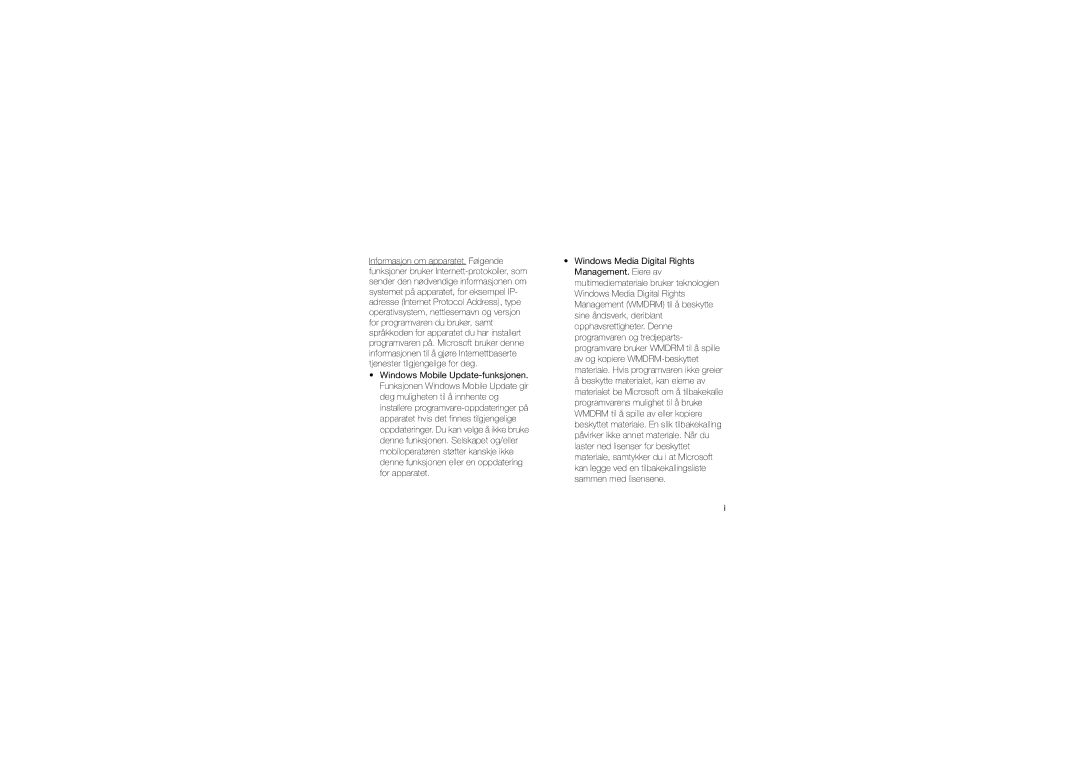GT-C6625EKAXEE, GT-C6625EKJXEE specifications
The Samsung GT-C6625, commonly known by its model numbers GT-C6625EKJXEE and GT-C6625EKAXEE, is a classic mobile device that showcases the blend of functionality and compact design typical of early smartphones. Launched during a time when feature phones were rapidly evolving into smart devices, this model is a representation of Samsung's innovative spirit.One of the main features of the GT-C6625 is its 2.6-inch QVGA display, which offers a resolution of 240 x 320 pixels. While not as advanced as today’s high-definition touchscreens, the display is decent for its time, providing clear visuals for basic tasks and applications. The device is equipped with a full QWERTY keyboard, which was a significant selling point, allowing for comfortable typing. This was particularly advantageous for users who frequently engaged in texting and emailing.
In terms of technology, the GT-C6625 runs on the Windows Mobile 6.1 operating system, marking Samsung's foray into the realm of Windows-powered devices. This operating system provides a familiar interface for users accustomed to Microsoft products and enables access to a wide range of applications and services available at that time.
The device features a 3.15-megapixel rear camera, allowing users to capture decent-quality photos, although it lacks modern conveniences such as autofocus and flash. This camera performance reflects the typical standards of feature phones during its era. Connectivity options include GPRS and EDGE support, alongside Bluetooth, enabling users to share files and connect with other devices.
Storage is facilitated through microSD card support, allowing users to expand the device's memory according to their needs, which was a crucial feature for storing multimedia content in an age when memory was limited.
Additionally, the Samsung GT-C6625 emphasizes durability and ease of use. Its compact design and solid build quality ensure it can withstand the rigors of everyday use, making it suitable for a wide range of users, from students to professionals.
In summary, the Samsung GT-C6625EKJXEE and GT-C6625EKAXEE served as an important bridge between feature phones and smartphones, combining necessary features with emerging technologies. While it may not bear the cutting-edge specifications of modern devices, it still represents a pivotal moment in mobile technology history.
